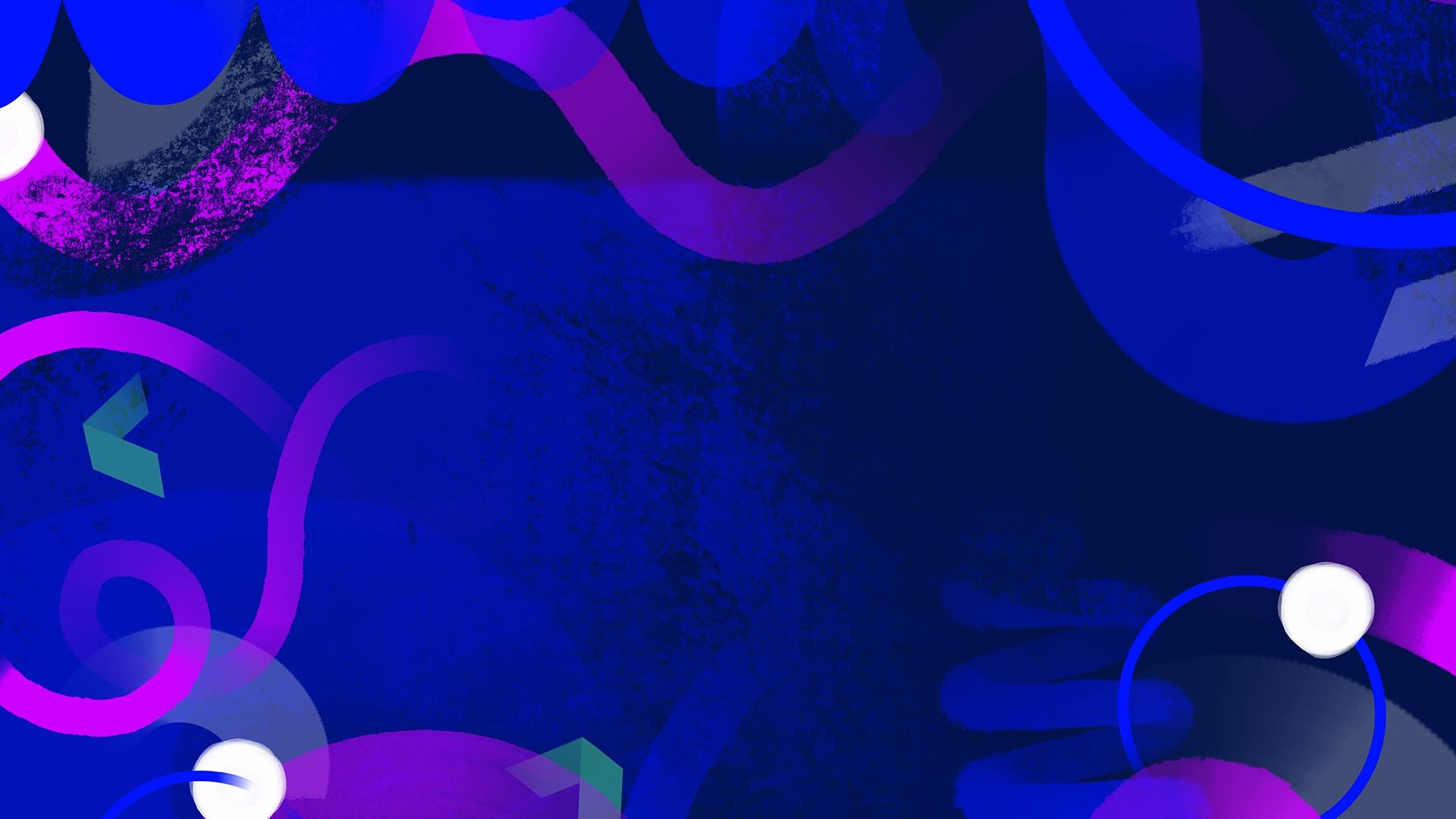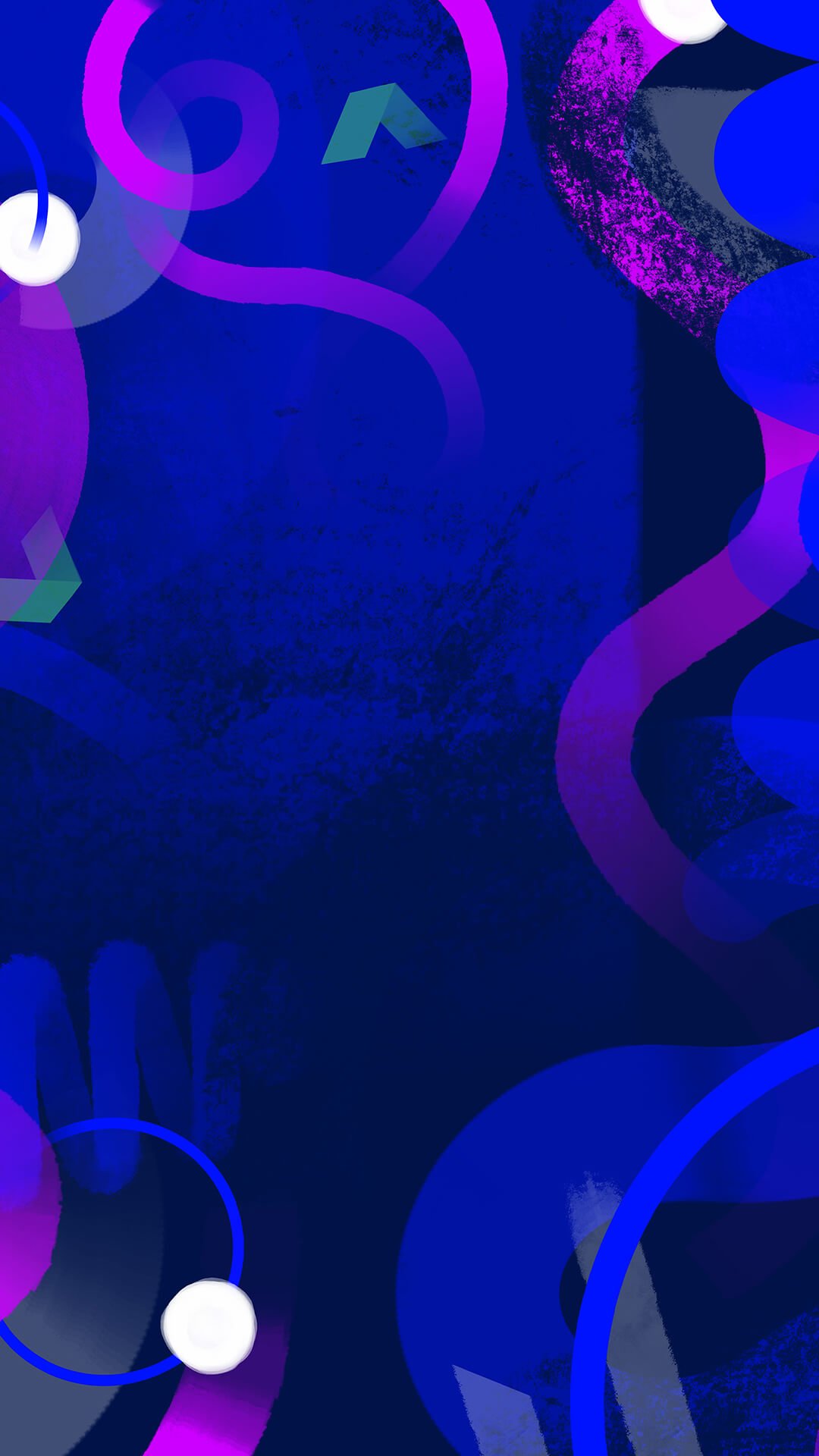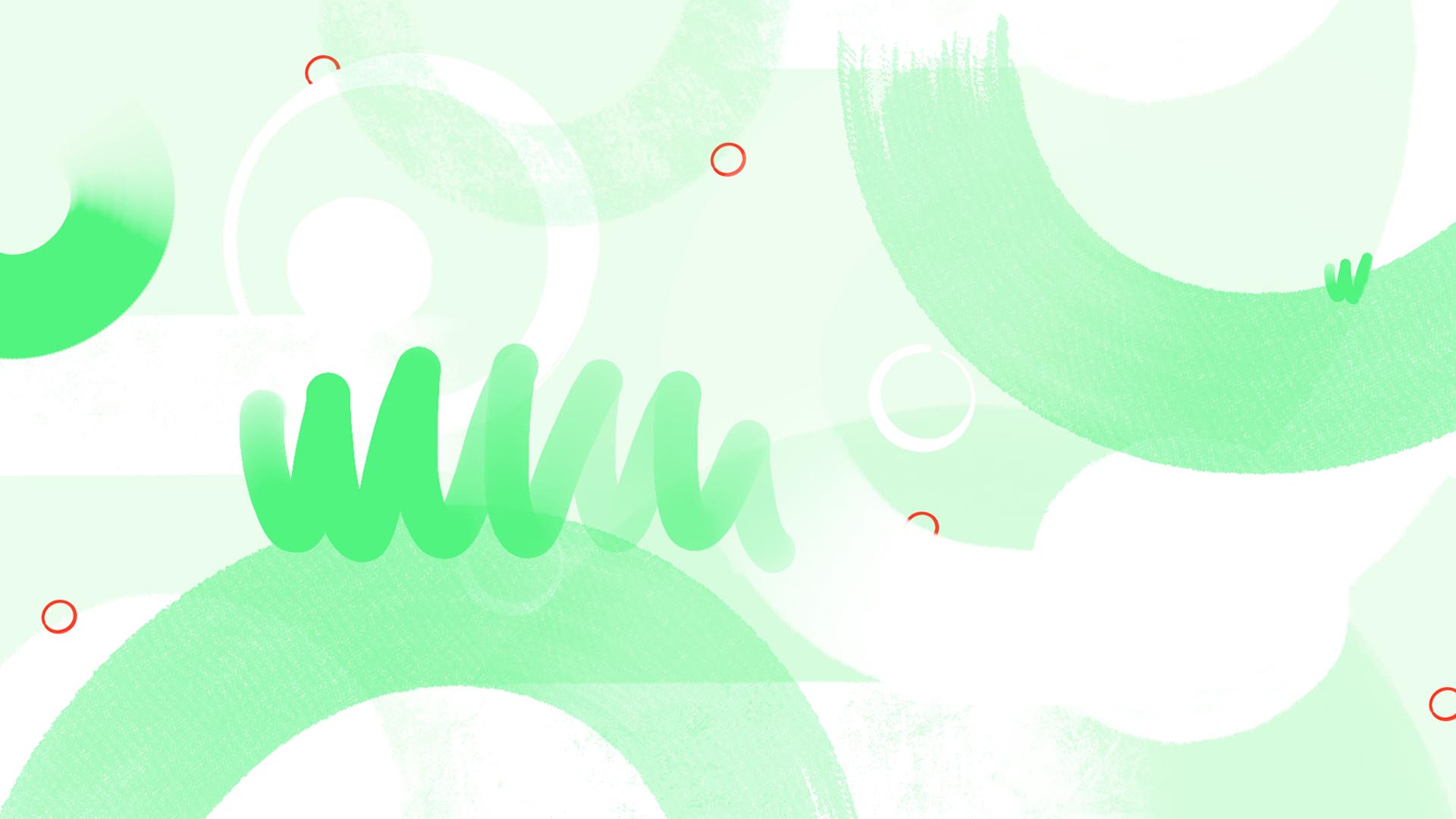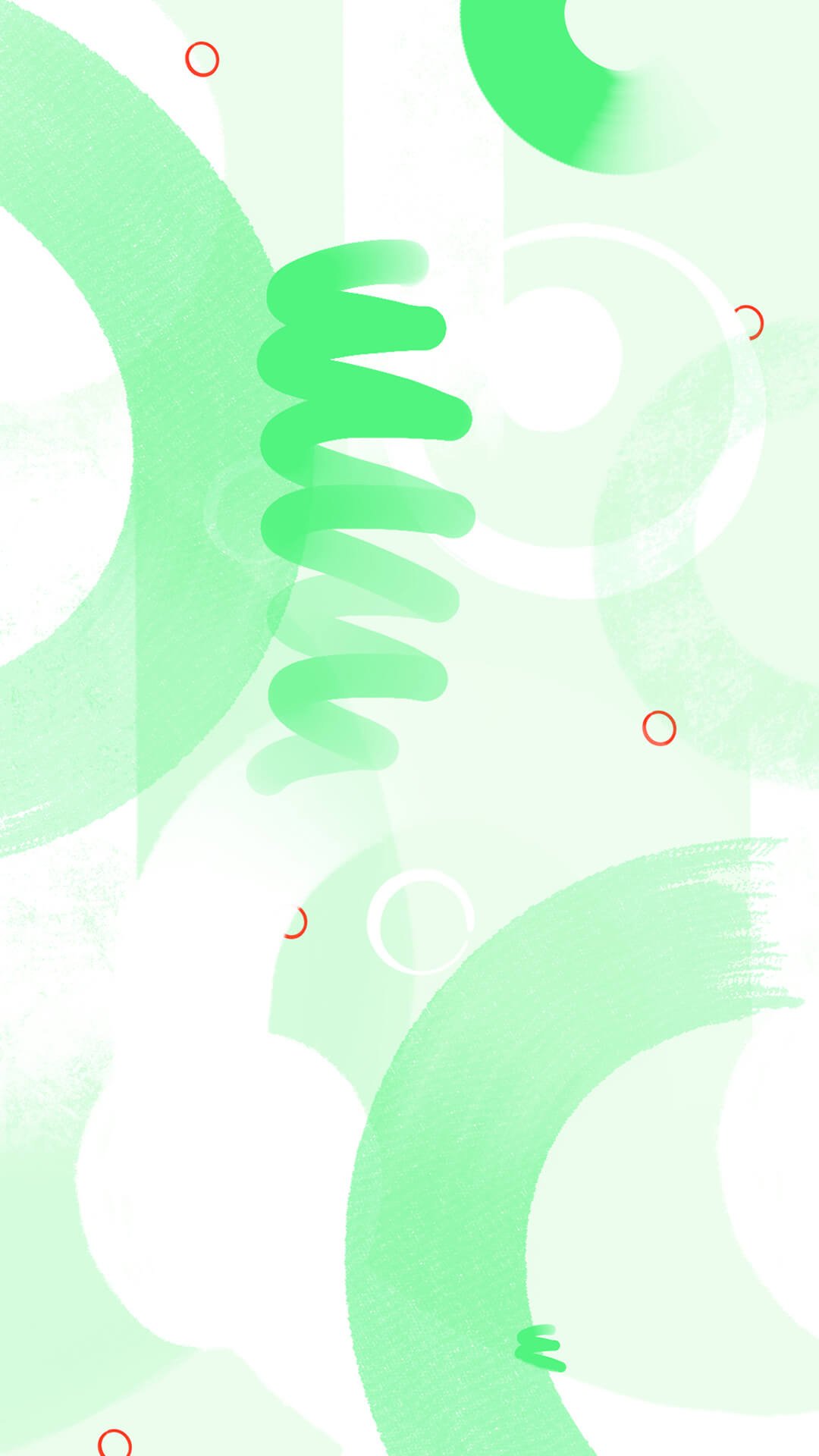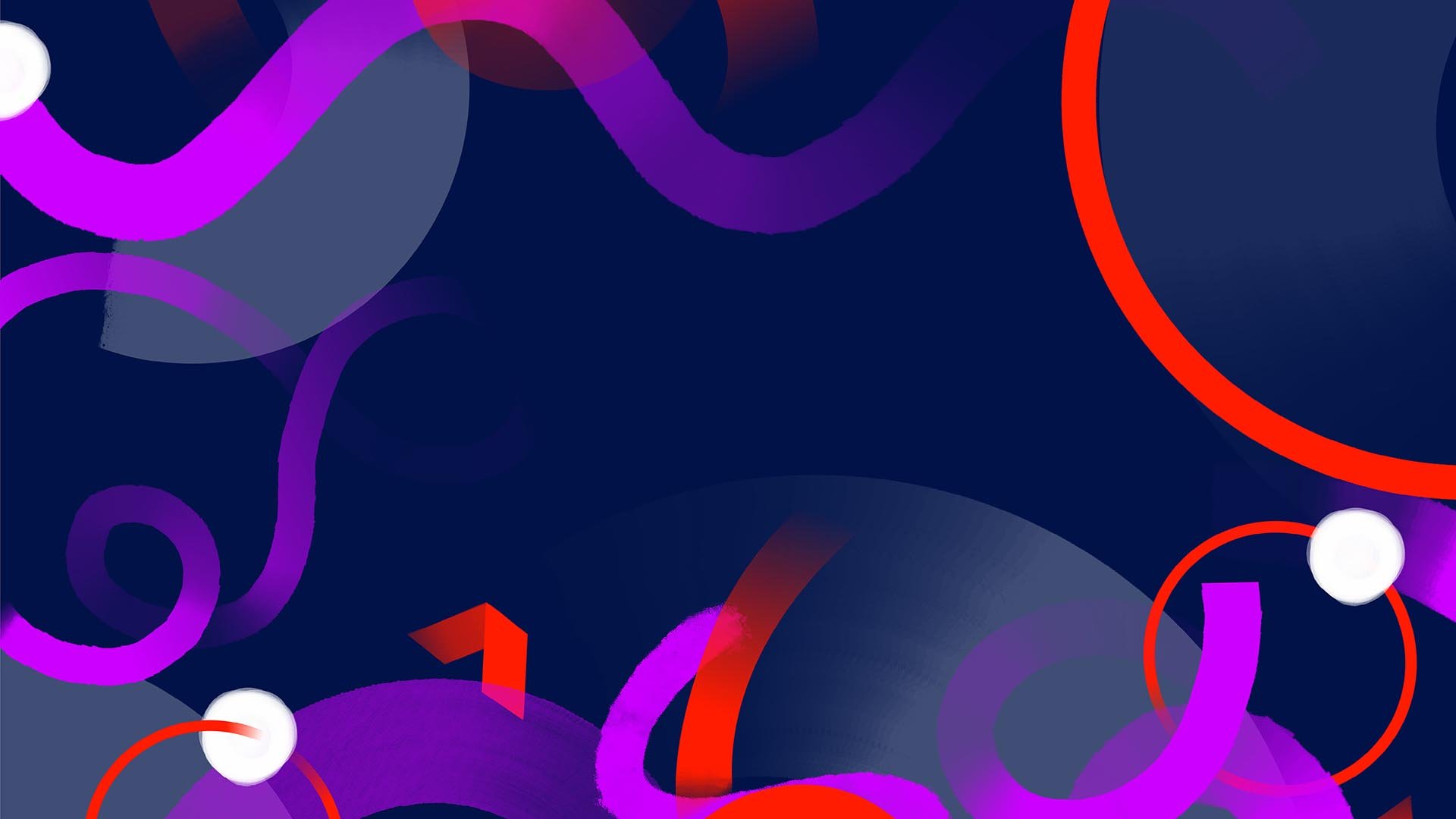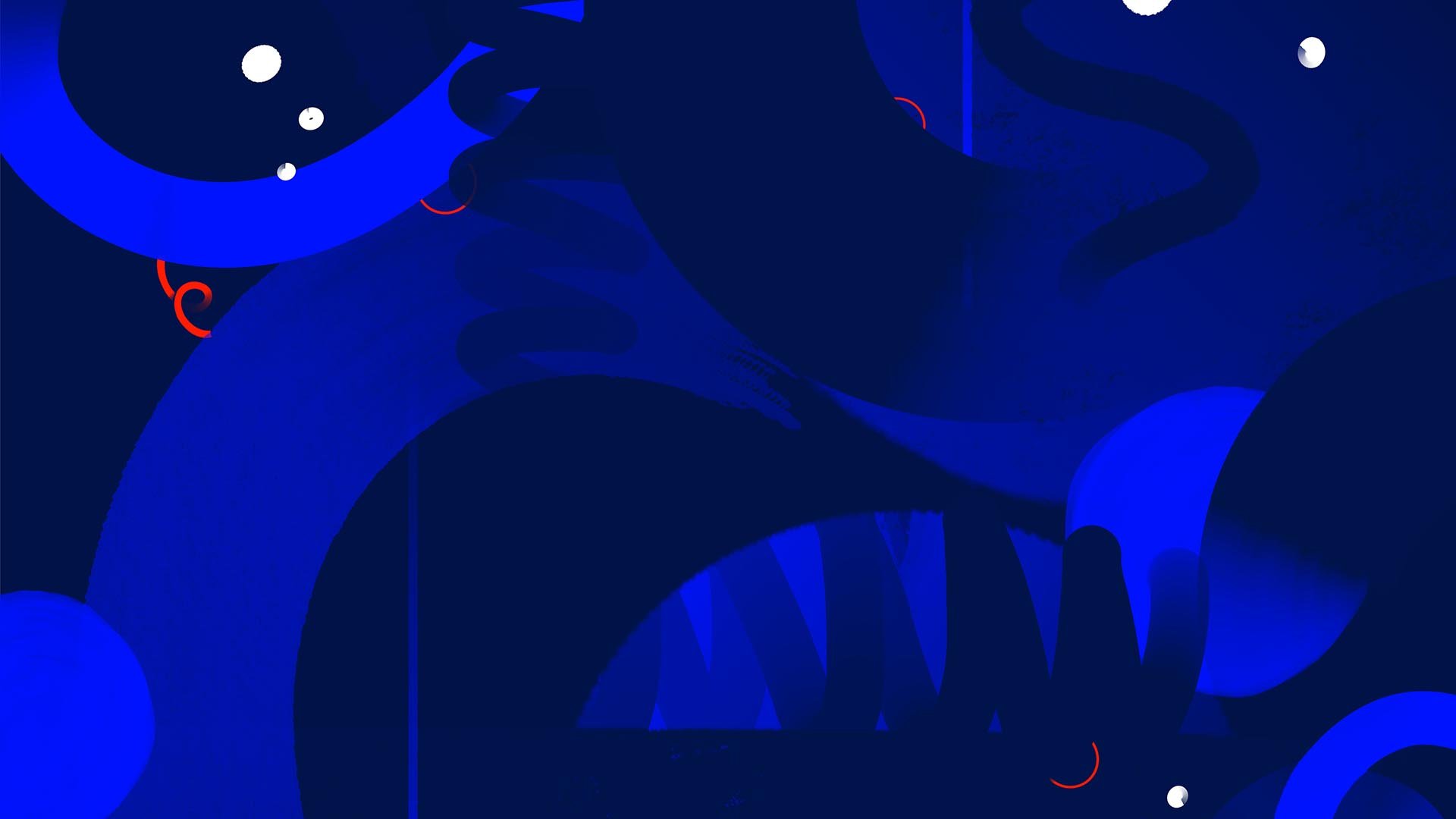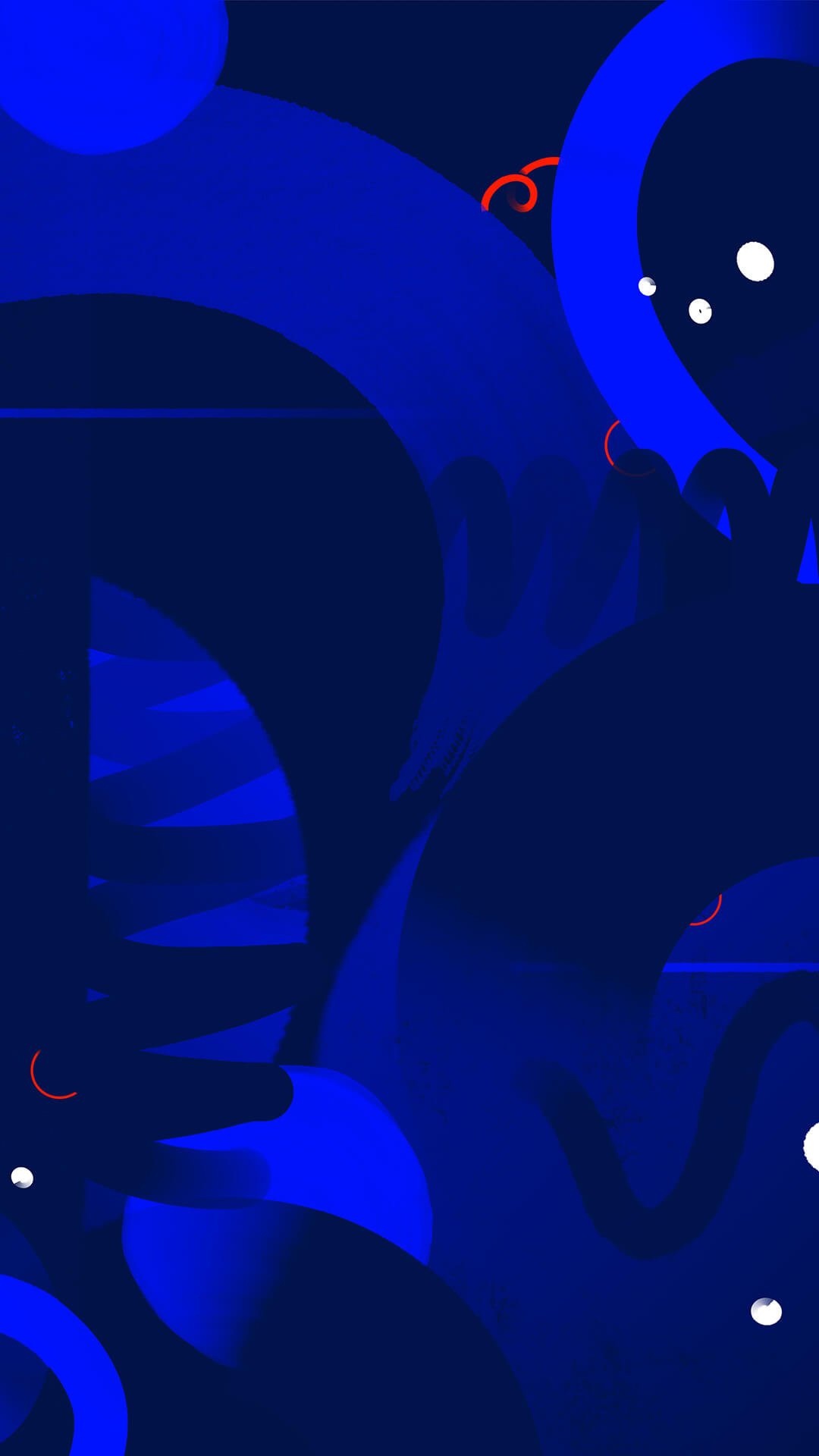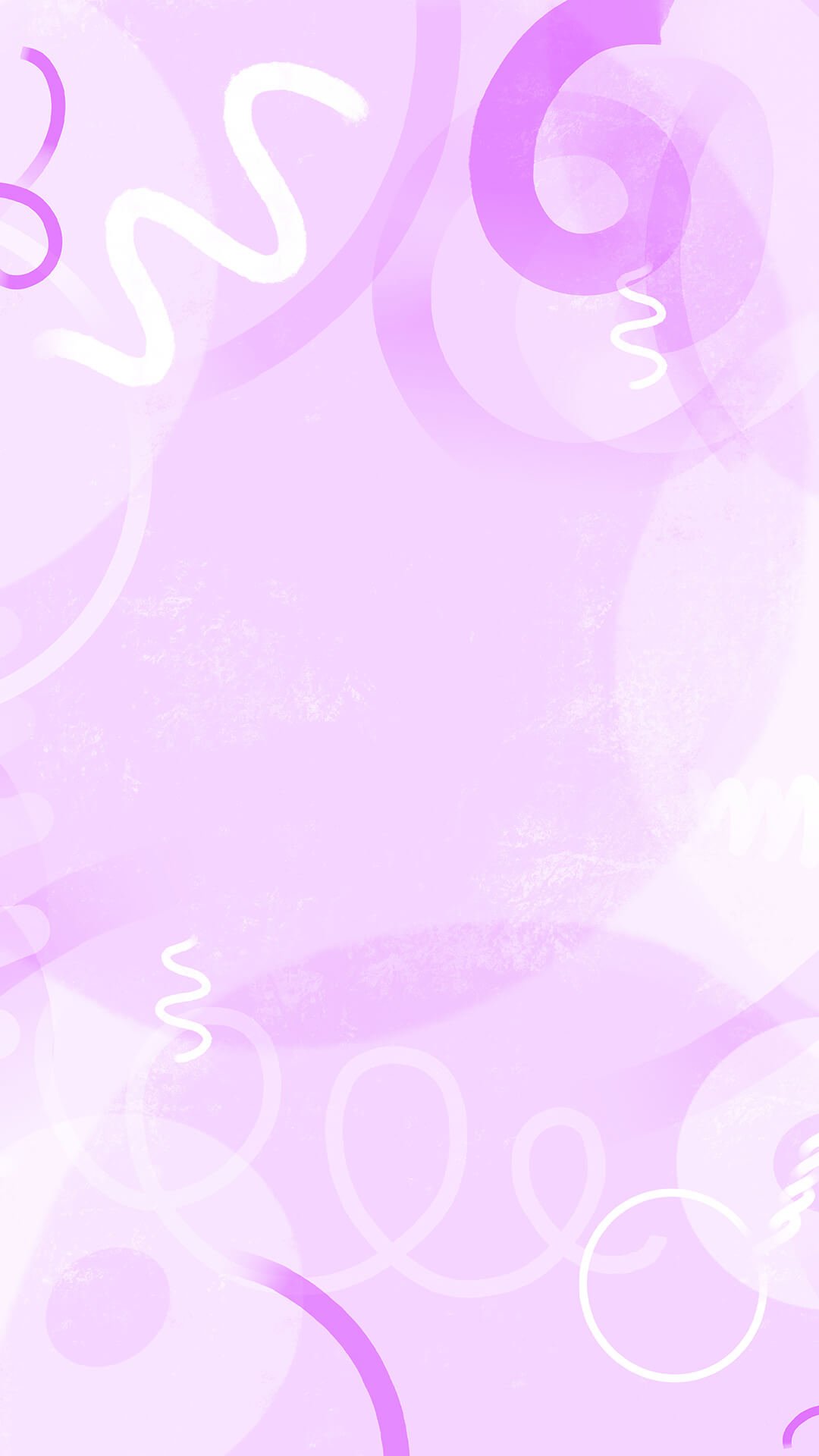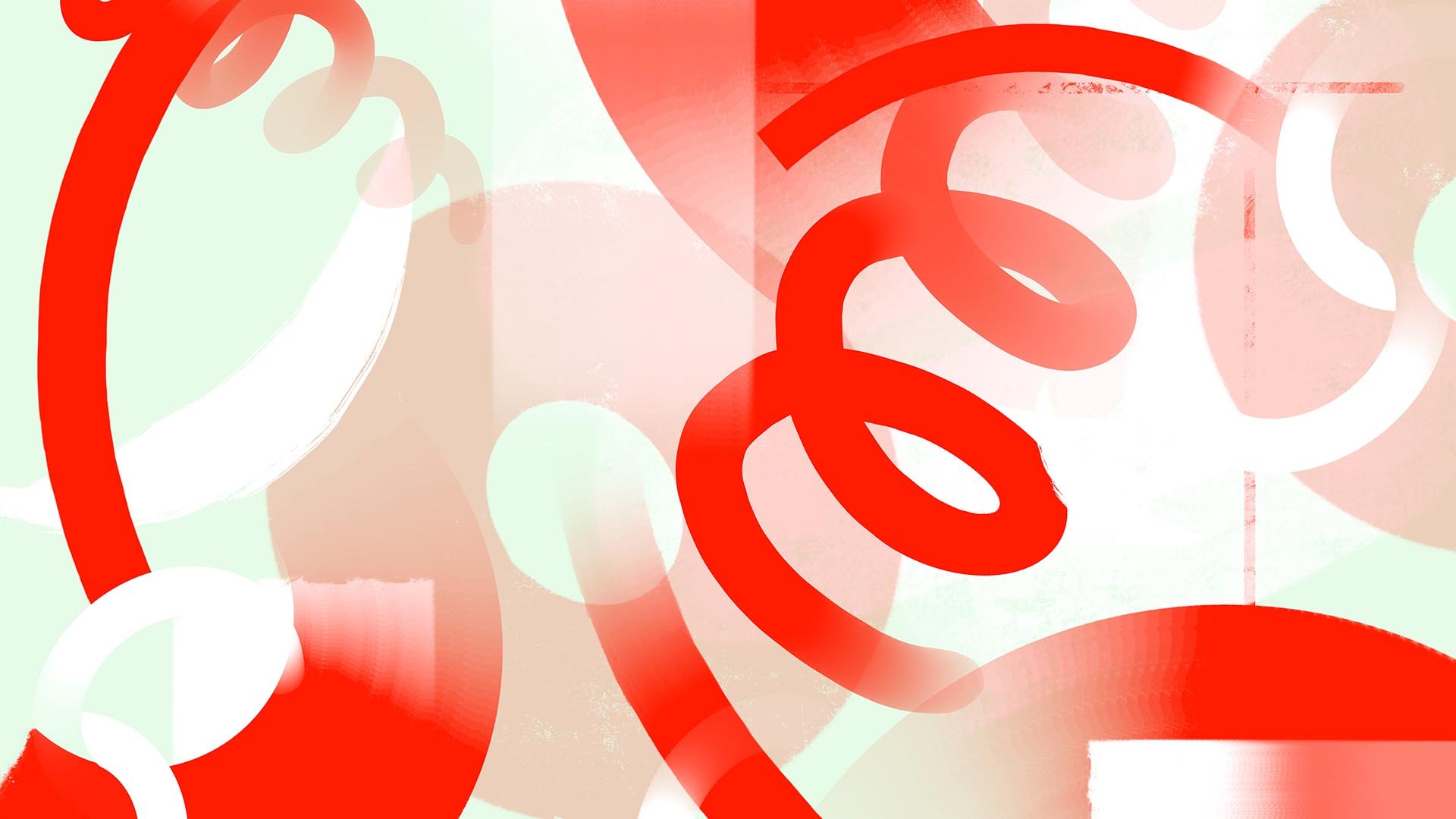2024 | 05. March
Interview: «The Design Sprint as a working method»
What is a Design Sprint, and how does it work in practice? Stefan Huggenberger, Head of Innovation & Strategy, explains how a Design Sprint is concretely approached at JEFF.

Recently, you conducted a design sprint with the client Waste and Recycling Zurich (ERZ). Can you give us some insights into this process?
Stefan Huggenberger: Broadly, it was about improving a specific area of ERZ's recycling offerings. Essentially, in an initial inventory with the client, the general question to be worked on is defined. This preparation is important to ensure that we neither treat the topic too superficially nor lose ourselves in details.
What happens after the question is defined in the design sprint?
A design sprint is a methodology that allows structured tackling of complex problems within a short timeframe. The process is divided into four phases: First, we try to fully understand the problem. Then, we develop different approaches to solutions and decide on one at the end of this phase. In the third step, we build a prototype – in this case, a digital click-dummy for ERZ. Finally, we test this prototype with real users. Each phase lasts one day.
What are the advantages of a design sprint?
In just four days, we span from an unsolved problem to direct feedback from the target group on a possible solution. A significant advantage of this method is that we progress in pragmatic steps and don't get lost in theoretical discussions. This contrasts with traditional project work and product development, which often takes place behind closed doors for months.
Stefan Huggenberger (Head of Strategy & Innovation, Managing Partner)
Who participates in a design sprint?
The circle of participants depends on the problem to be solved. It's important that the client's decision-maker is involved to make decisions on an ongoing basis and process the output in a goal-oriented manner. Additionally, experts who are close to the target group or possess technological know-how are important. From JEFF, creative, digitally savvy individuals are typically involved, although the composition varies depending on the phase. For prototype construction, UX/UI designers and visual designers, for example, are added.
What does the client take home after a design sprint?
In the end, there is a prototype as a solution approach, on which we have already received valuable user feedback. This enables the client to continue working based on real insights. Even if the feedback is predominantly negative, it is a gain, as it quickly identifies which ideas are not promising and should not be pursued further.
Why should clients opt for a design sprint?
The method allows breaking out of sometimes rigid structures for a week and tackling a problem in new constellations. Many clients find this liberating because it overcomes existing reservations or administrative hurdles, thus creating concrete results. Moreover, a design sprint is not only effective but also a lot of fun.
Finally, is there a topic on which you would like to conduct a design sprint?
The recycling theme with ERZ is already very interesting to me personally. A future project that would intrigue me is improving the pickup and return experience for rental cars. From my own experiences, I see great potential for improvement here.

